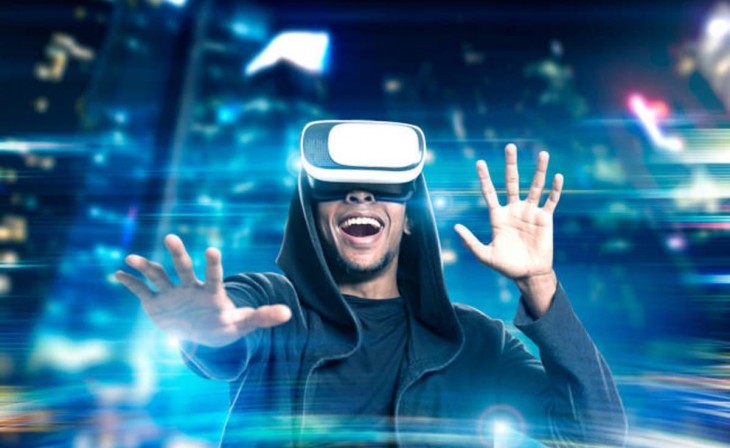How Do Virtual Reality Headsets Work
Combined To Create a 3D Image
The VR headset consists of a display screen, sensors, and lenses that work together to create the virtual environment. The display screen displays two images, one for each eye, that are combined to create a 3D image. The sensors, usually accelerometers, gyroscopes, and magnetometers, track the movements of the user's head and adjust the image accordingly. The lenses help to focus the image and create a sense of depth and perspective, giving the illusion of being in a real environment.
The Software Uses Algorithms To Generate And Render
One of the most critical components of the VR headset is the software that runs on a connected device, such as a computer or a gaming console. The software uses algorithms to generate and render the virtual environment in real-time based on the user's movements and interactions. The software also communicates with the sensors in the headset to ensure that the image remains in sync with the user's movements.
To use a VR headset, the user must first connect it to a compatible device and then put it on their head. Once the headset is in place, the display screen will show the virtual environment, and the sensors will track the user's movements. The user can then interact with the environment using a controller or other input device. Some VR headsets also come with built-in microphones and speakers, allowing for audio interactions within the virtual environment.
Higher-End VR Headsets Offer a More Immersive Experience
VR technology has come a long way in recent years, with many advancements being made in terms of display resolution, field of view, and tracking accuracy. Higher-end VR headsets offer a more immersive experience, with higher resolution displays and wider fields of view, while lower-end models offer a more basic experience.
VR has many potential uses, including gaming, education, and simulation. For example, in gaming, VR allows players to immerse themselves in fantastical worlds and interact with characters in ways that were previously impossible. In education, VR can be used to create virtual labs and simulations, allowing students to learn and explore complex concepts in a hands-on way. And in simulation, VR can be used to recreate real-world scenarios, such as medical procedures or military training, providing a safe and controlled environment for training.
Also Check Is it slower to navigate through DNS over HTTPS?
In conclusion, VR headsets are devices that use hardware and software to create a digital simulation of a real or imaginary environment that can be interacted with in real-time. They consist of a display screen, sensors, and lenses that work together to create the illusion of being in a virtual world. The technology behind VR is constantly evolving, with advancements being made in terms of display resolution, field of view, and tracking accuracy. VR has many potential uses, including gaming, education, and simulation, and is poised to play an increasingly important role in our lives as the technology continues to develop.




